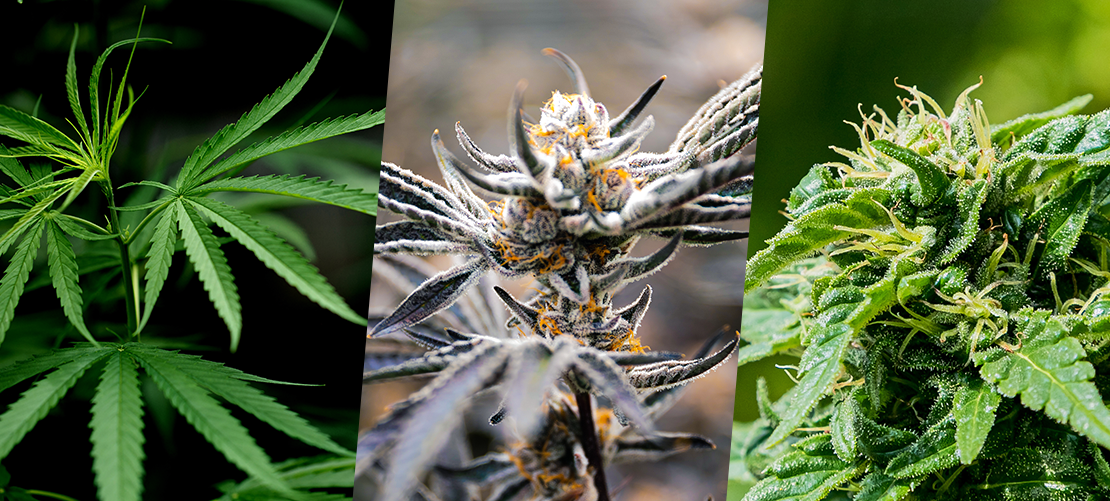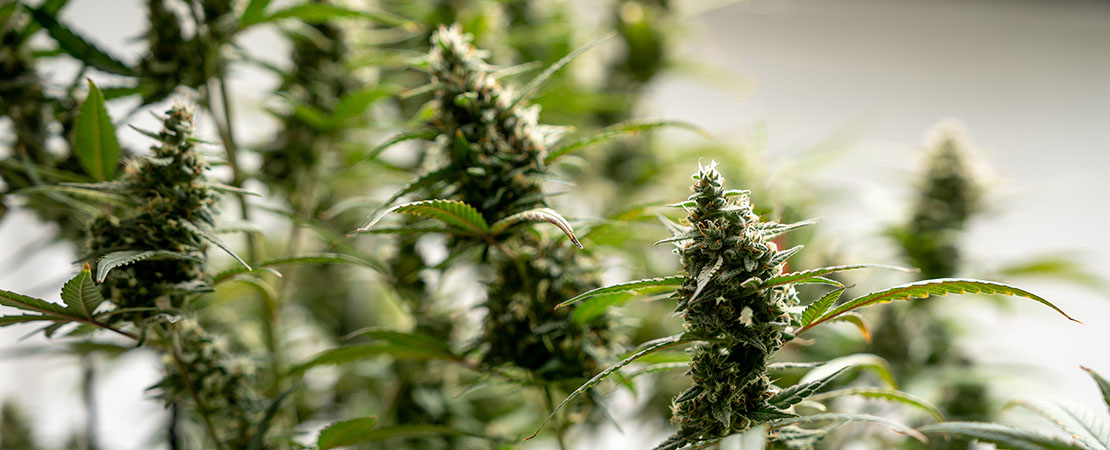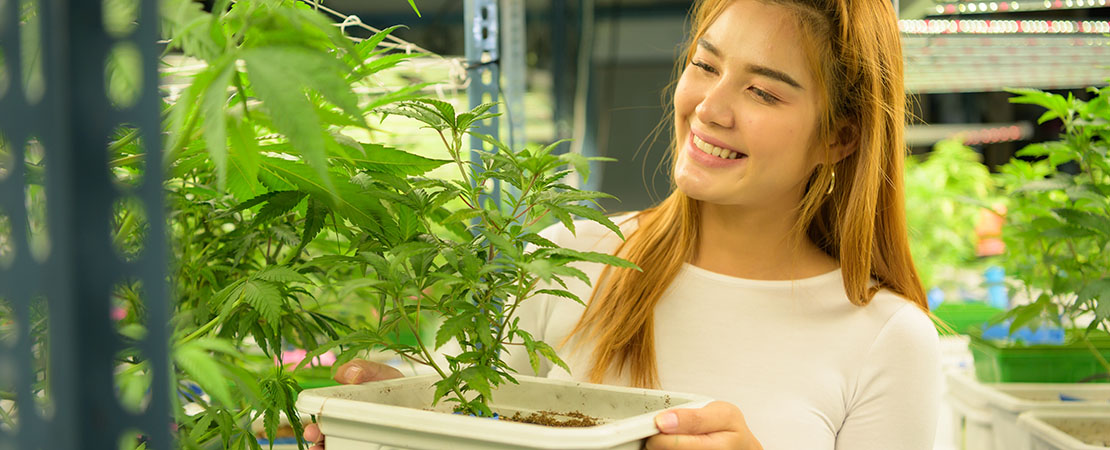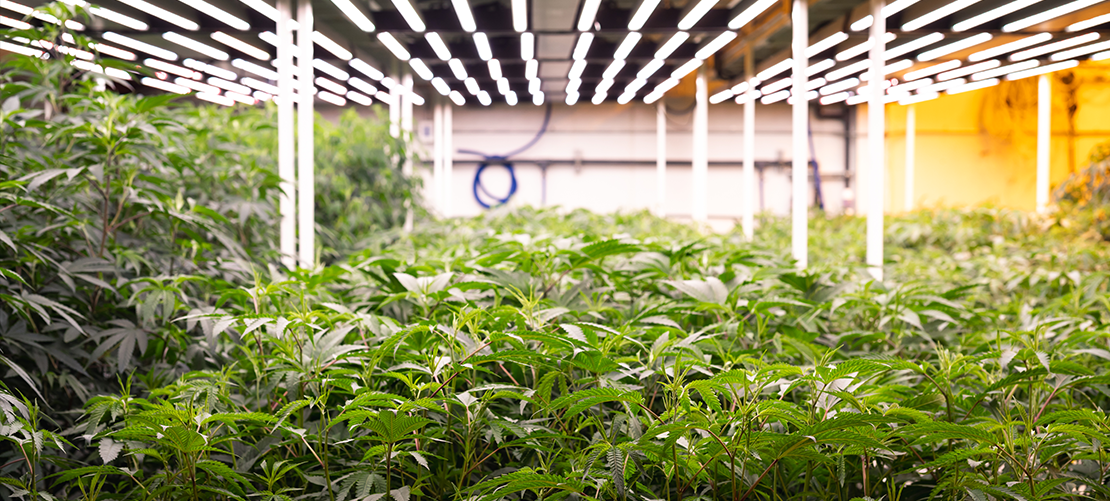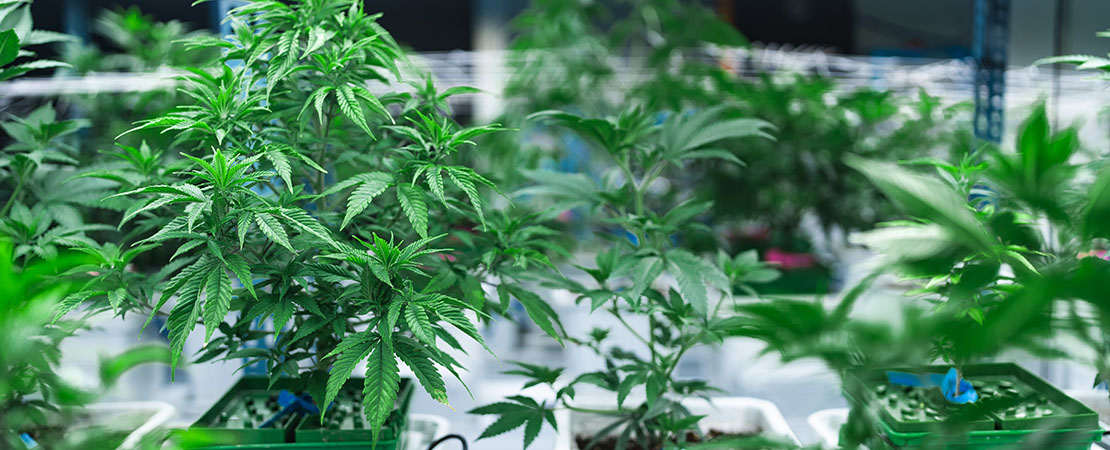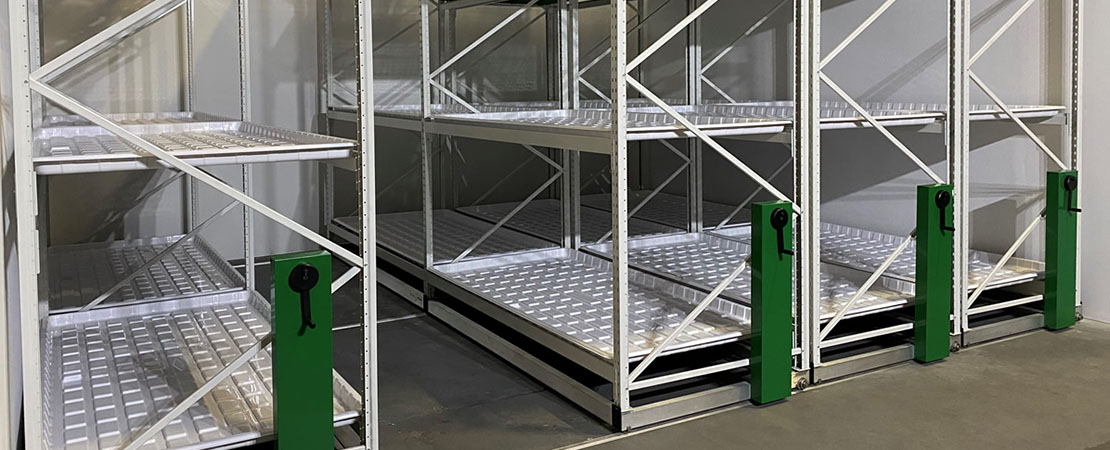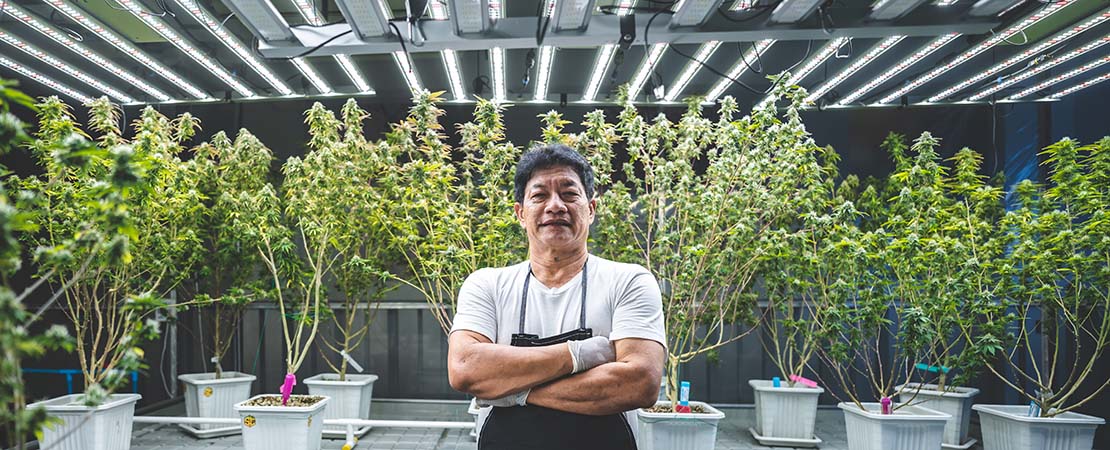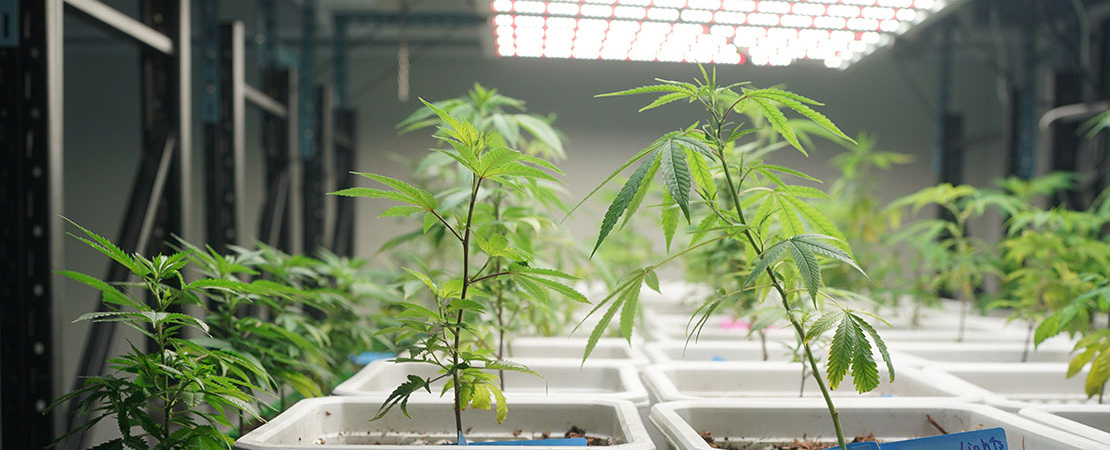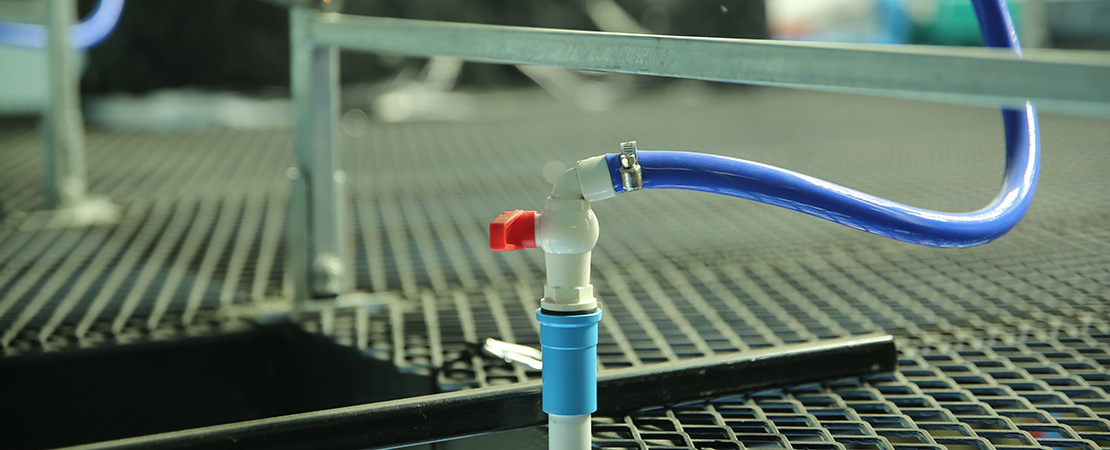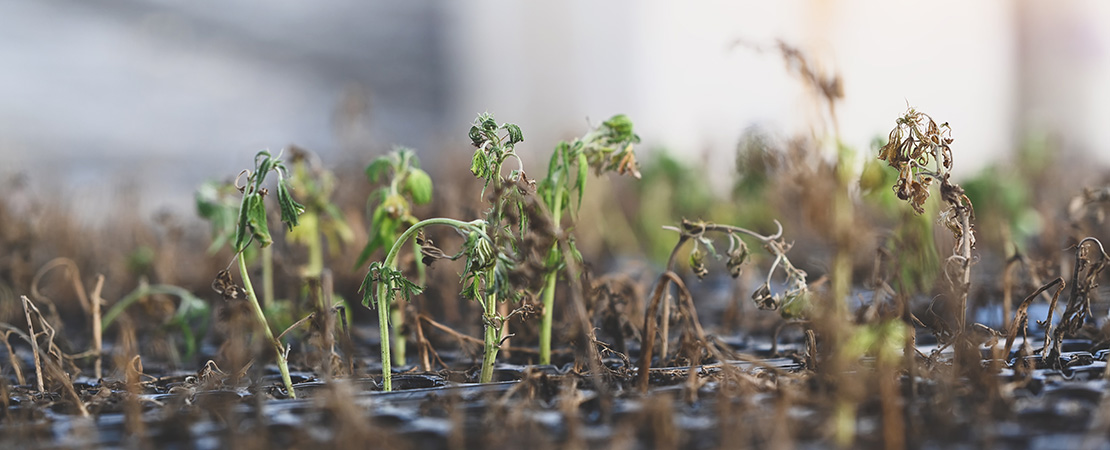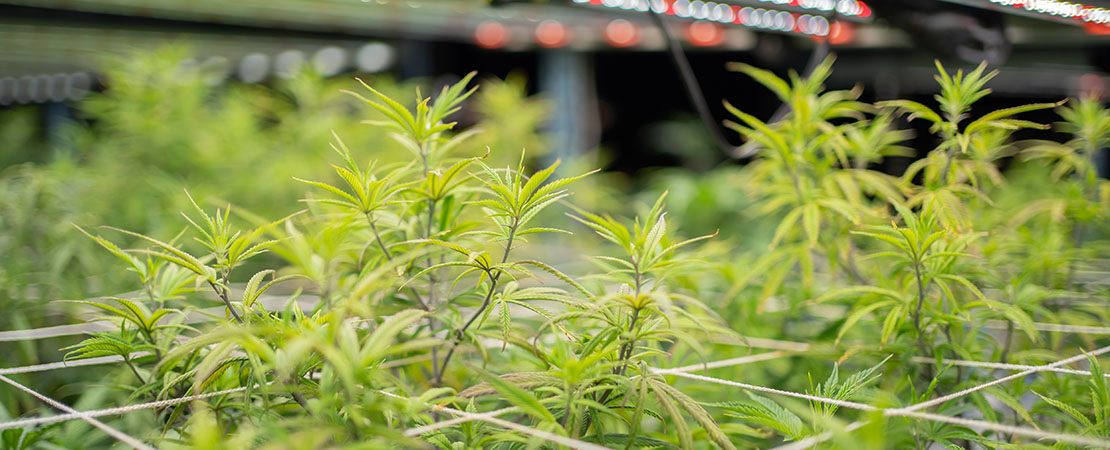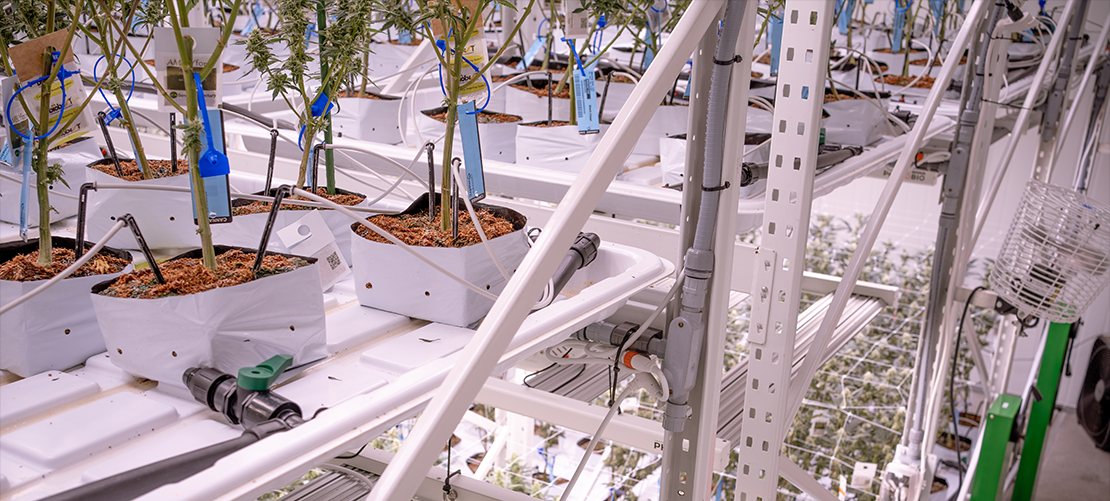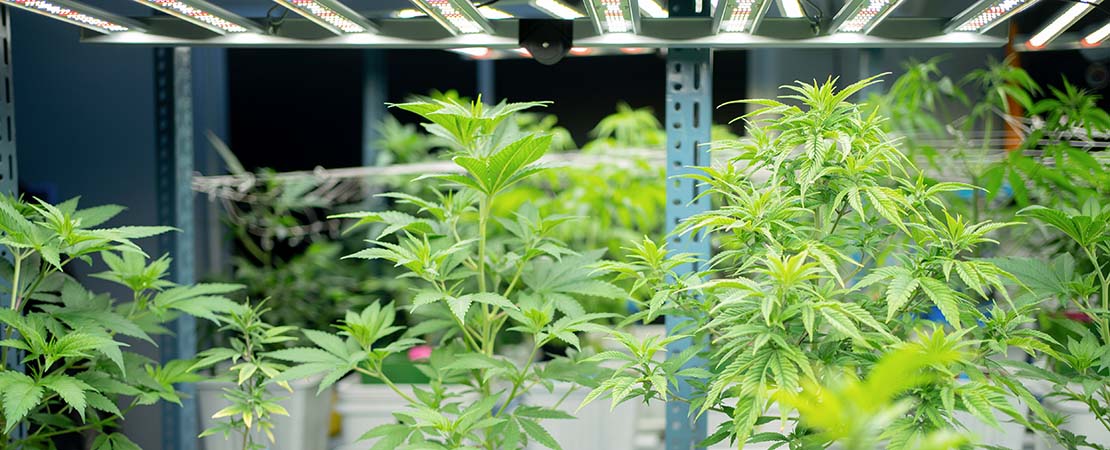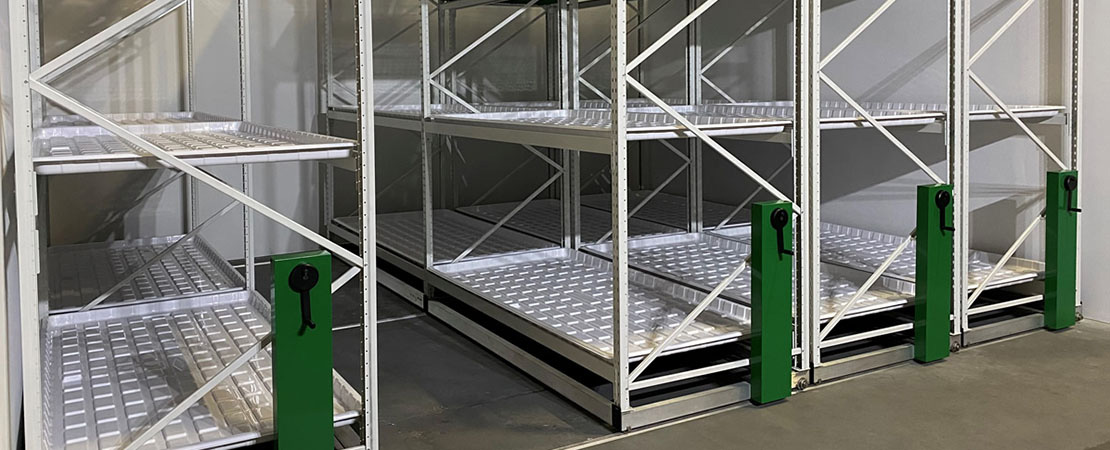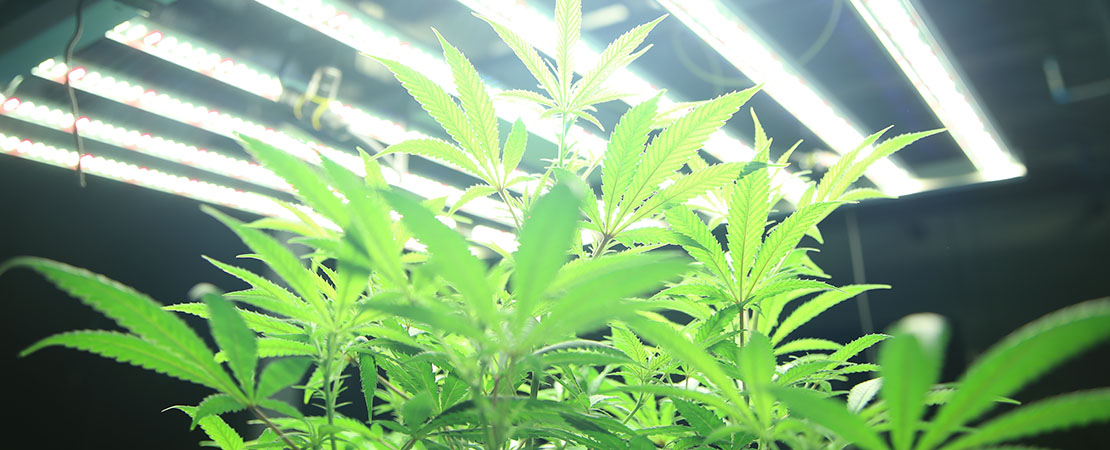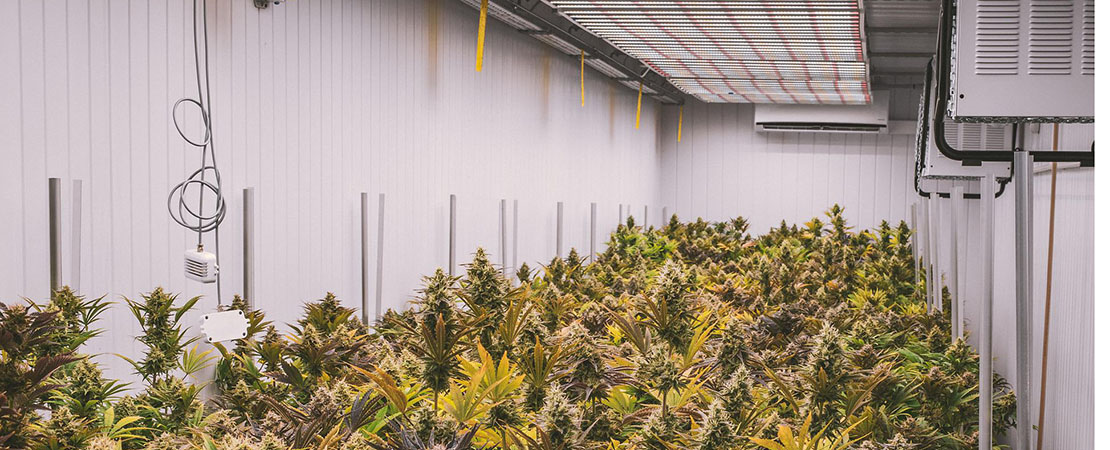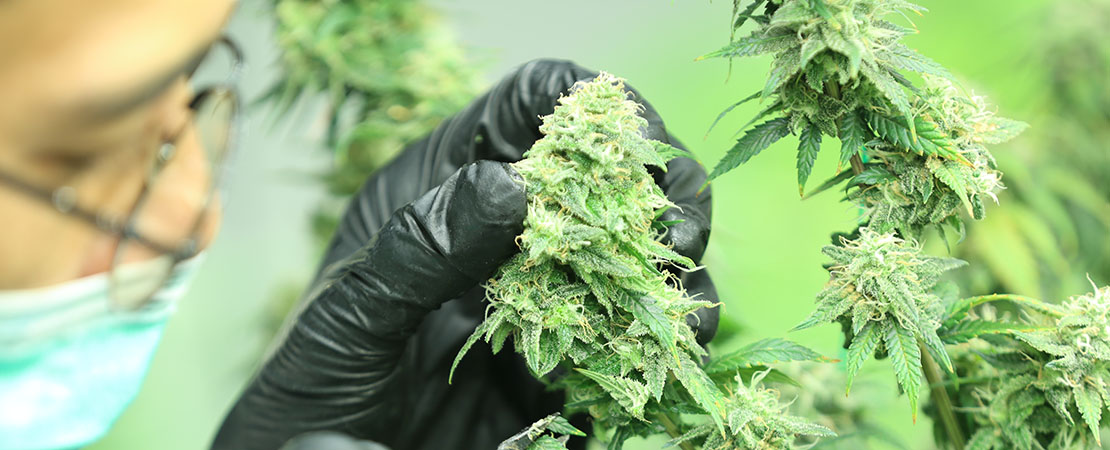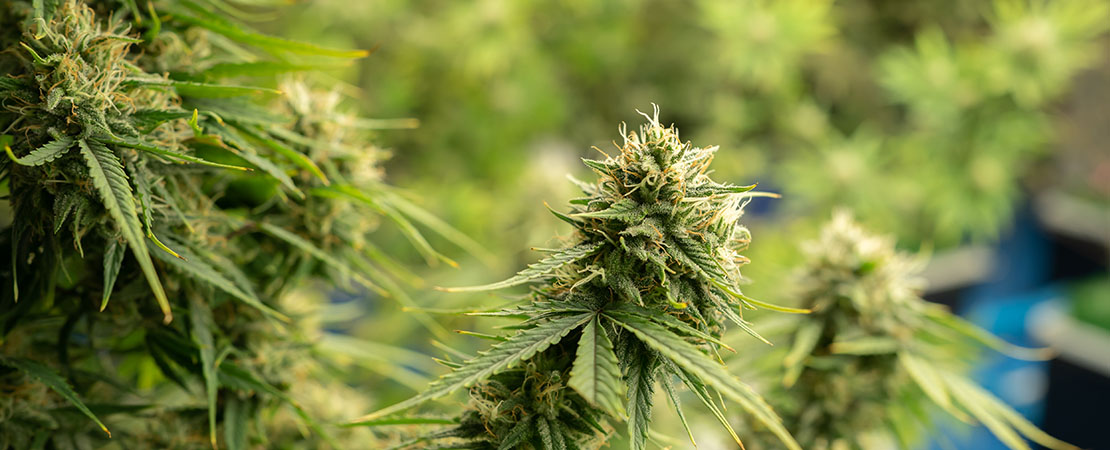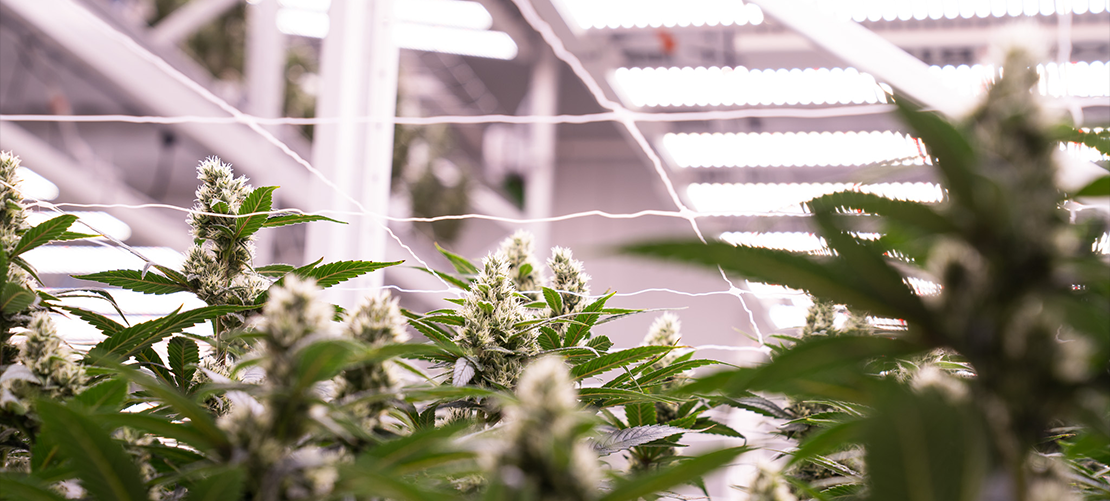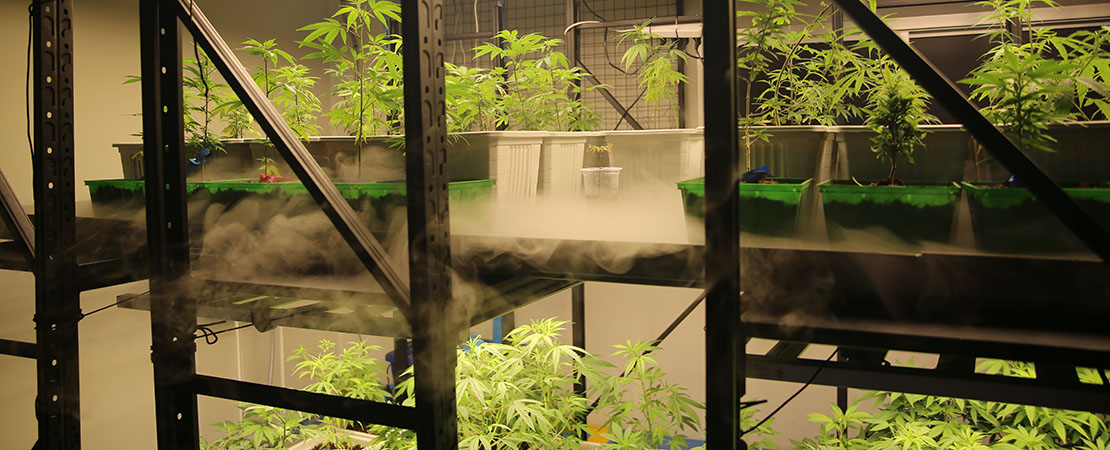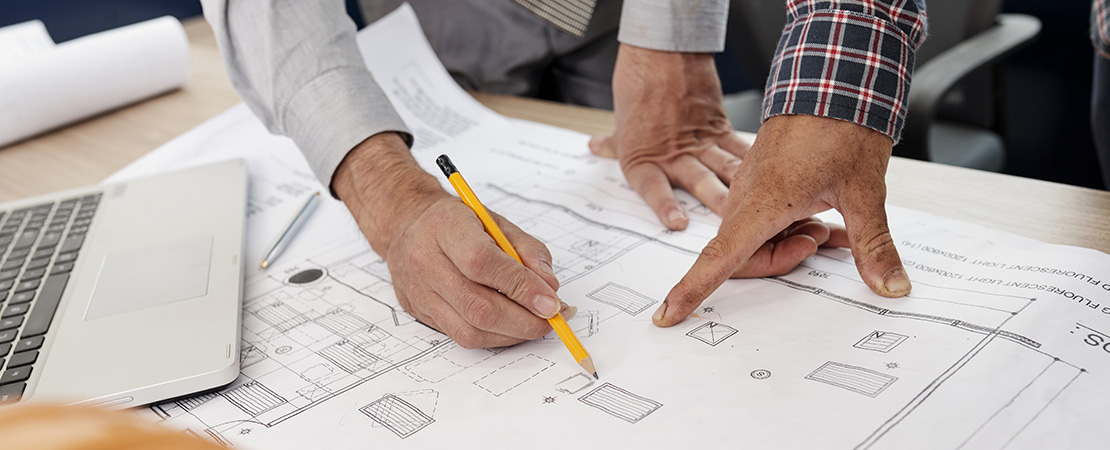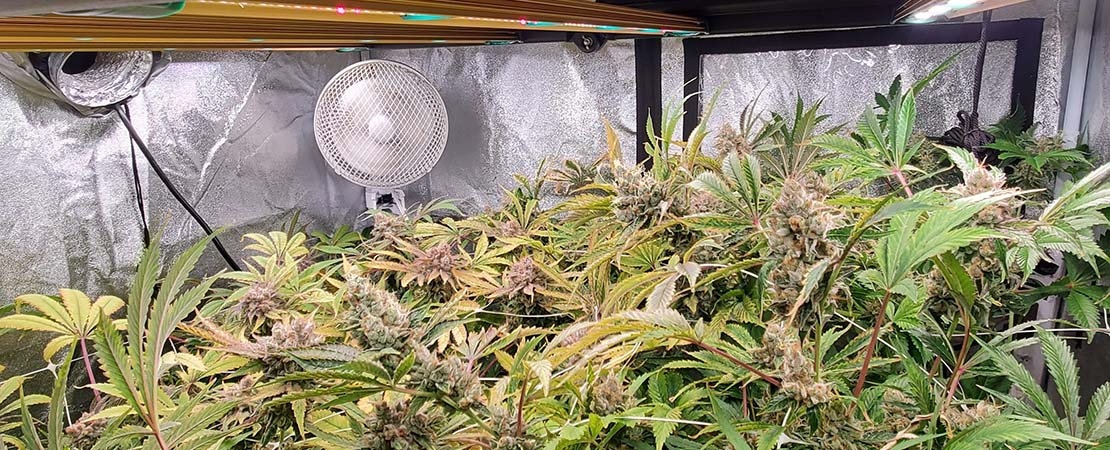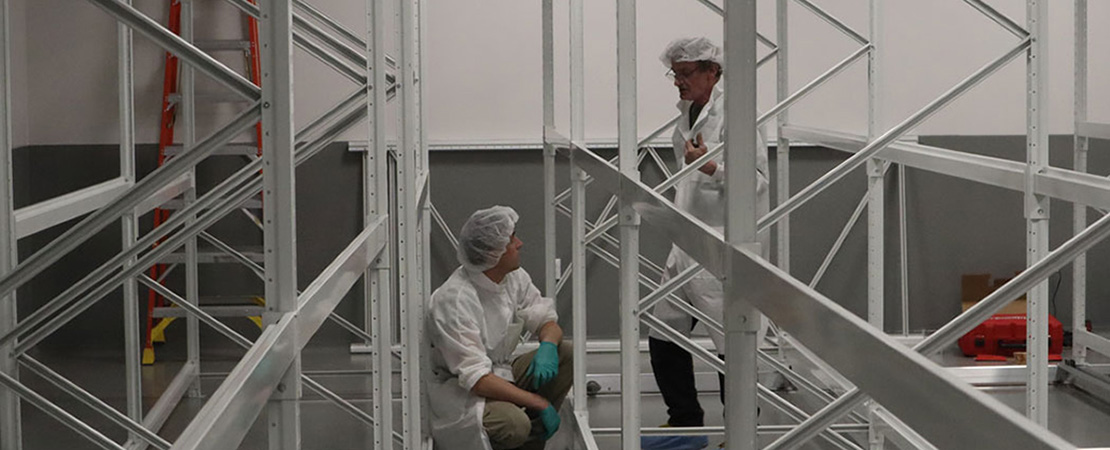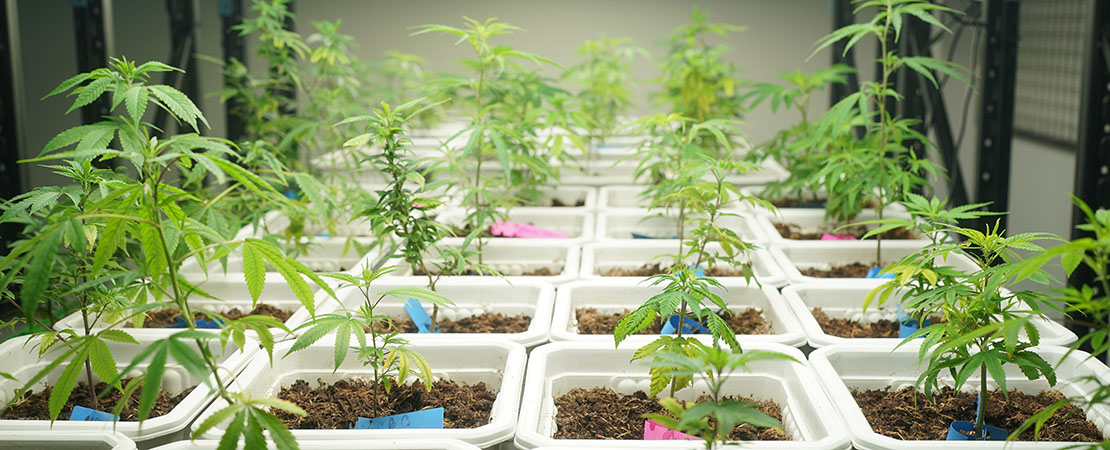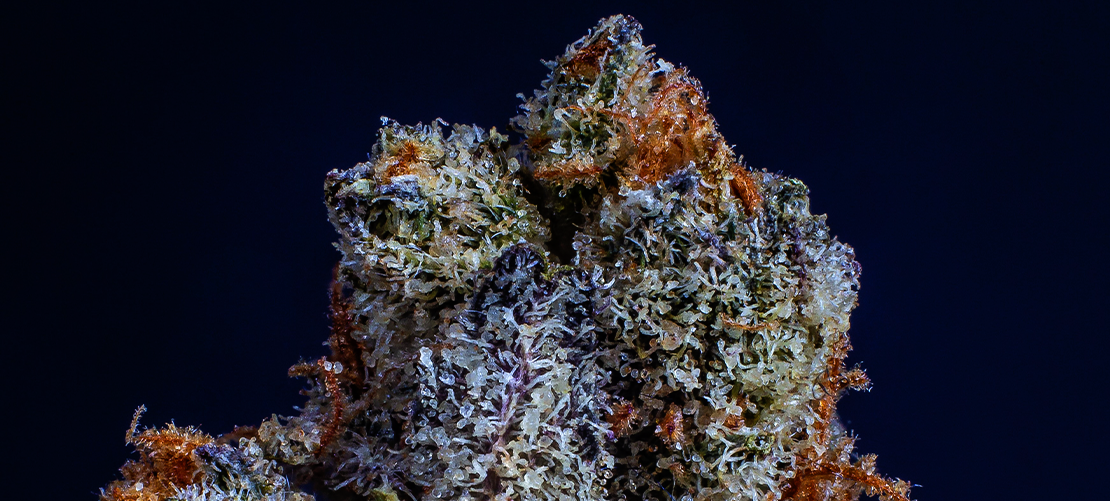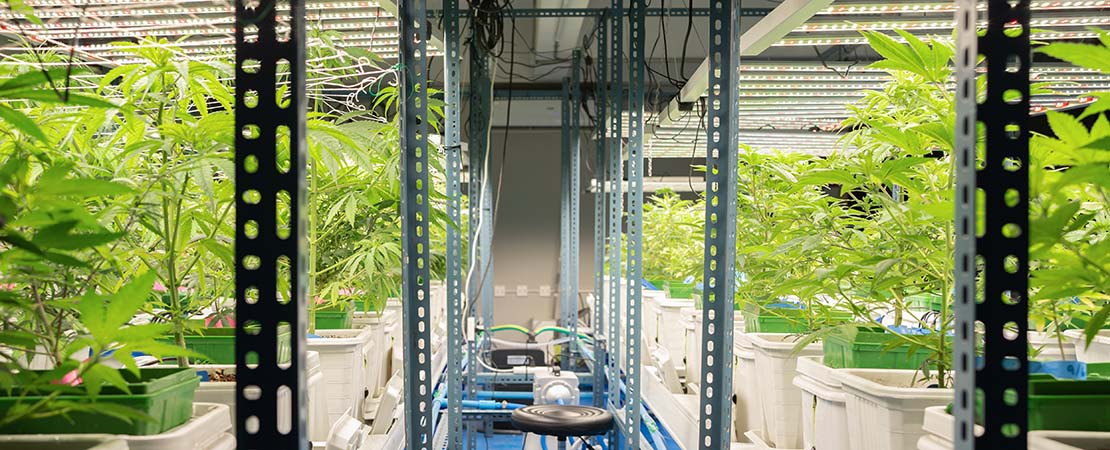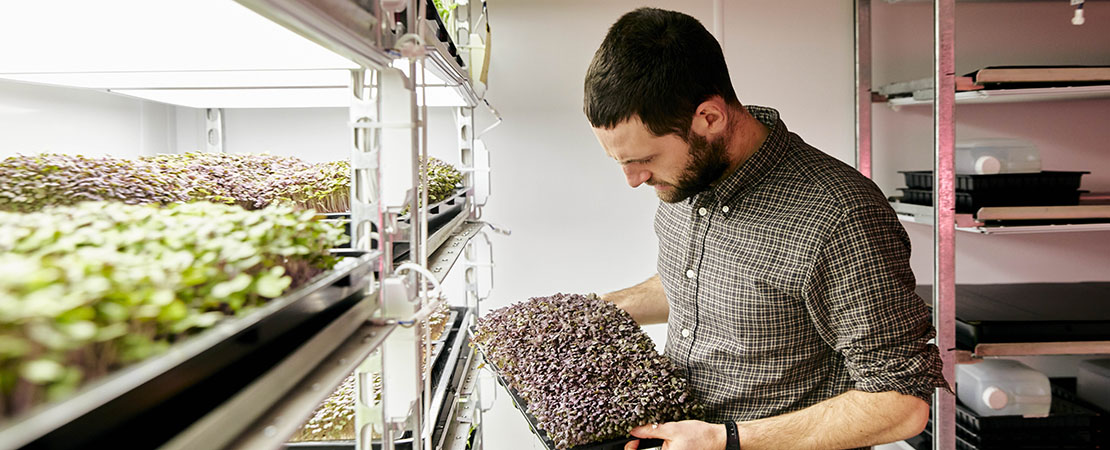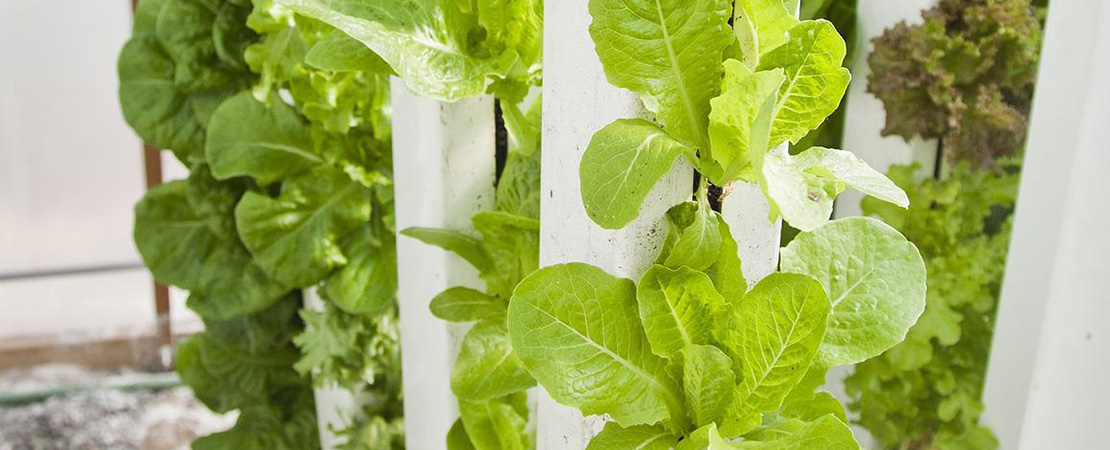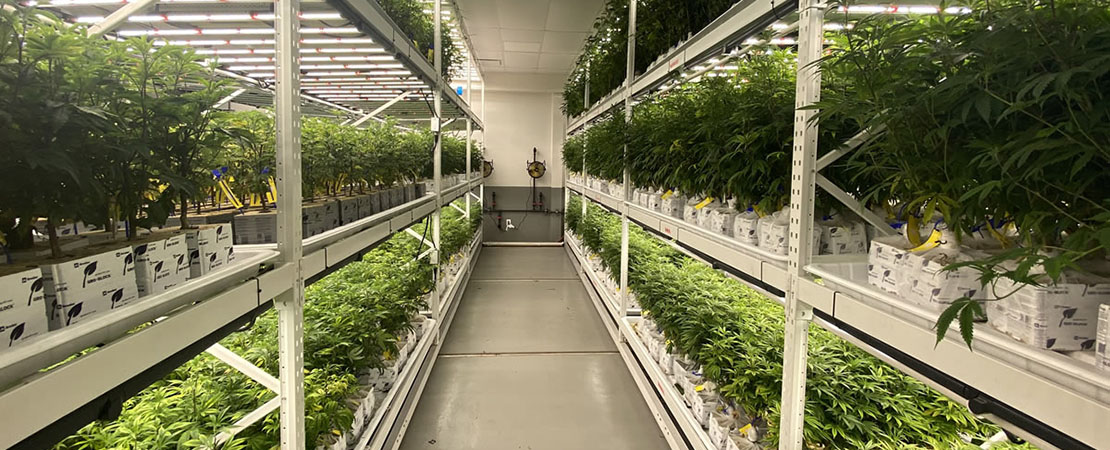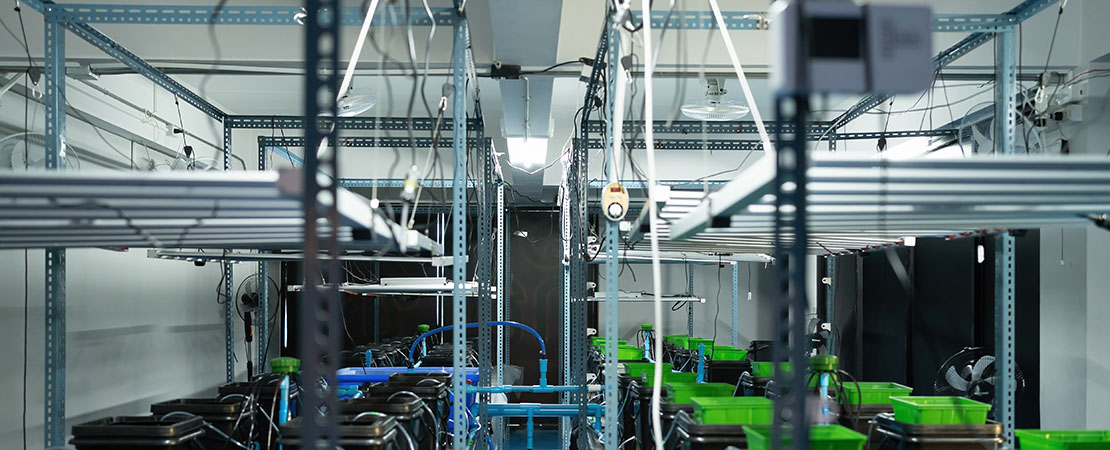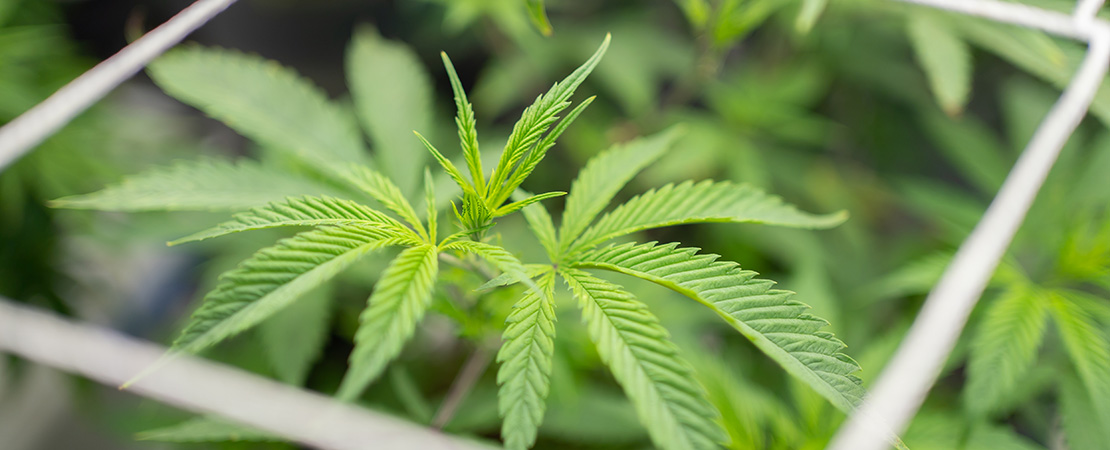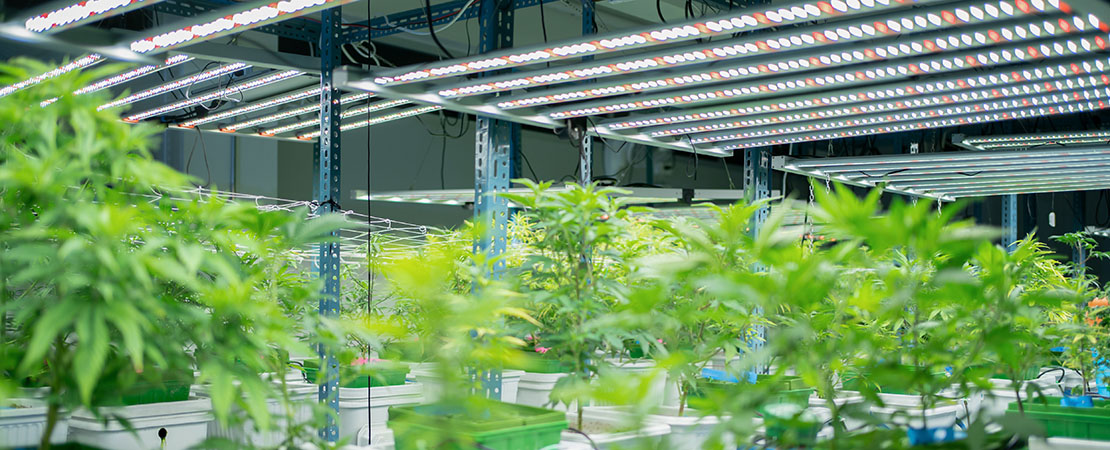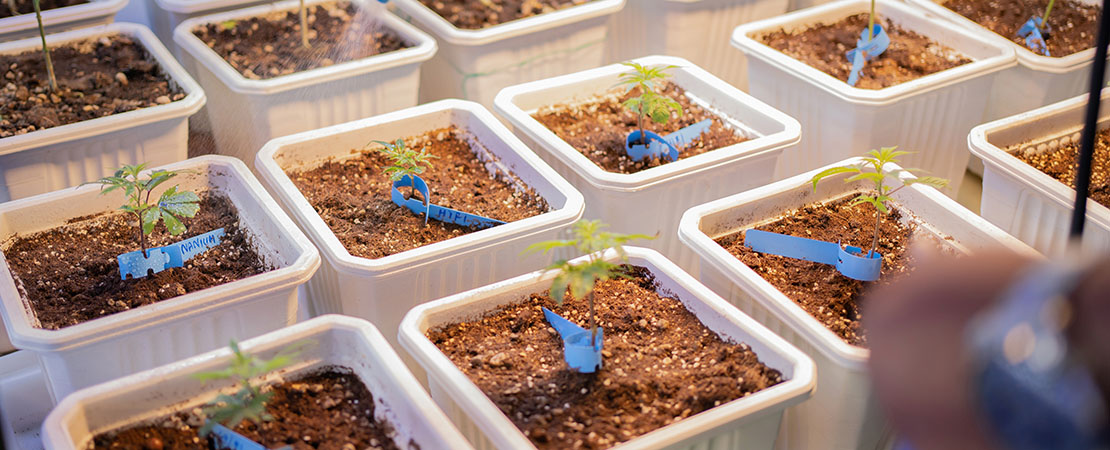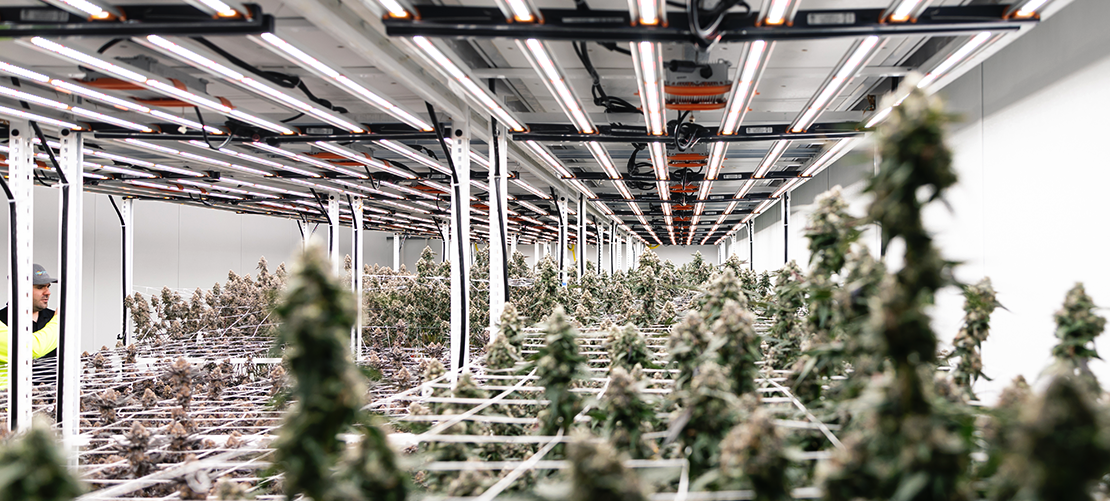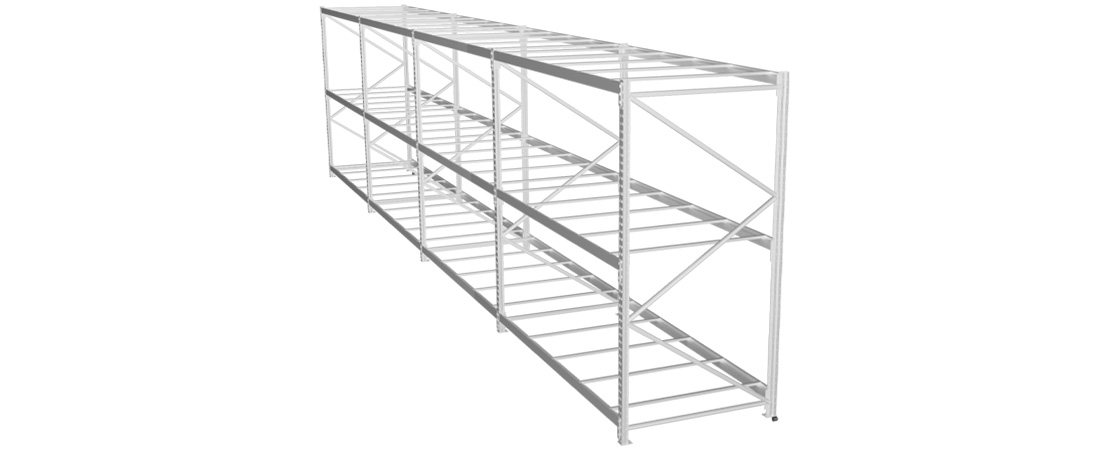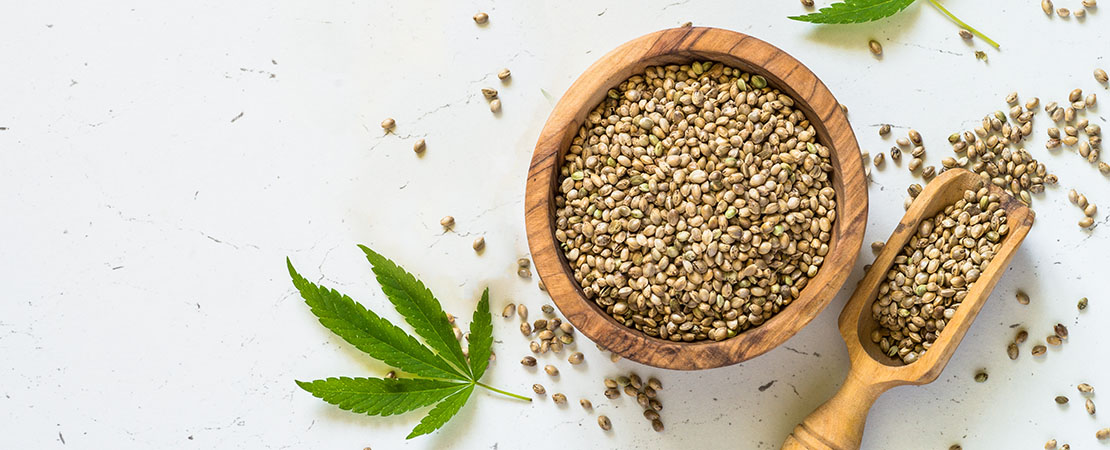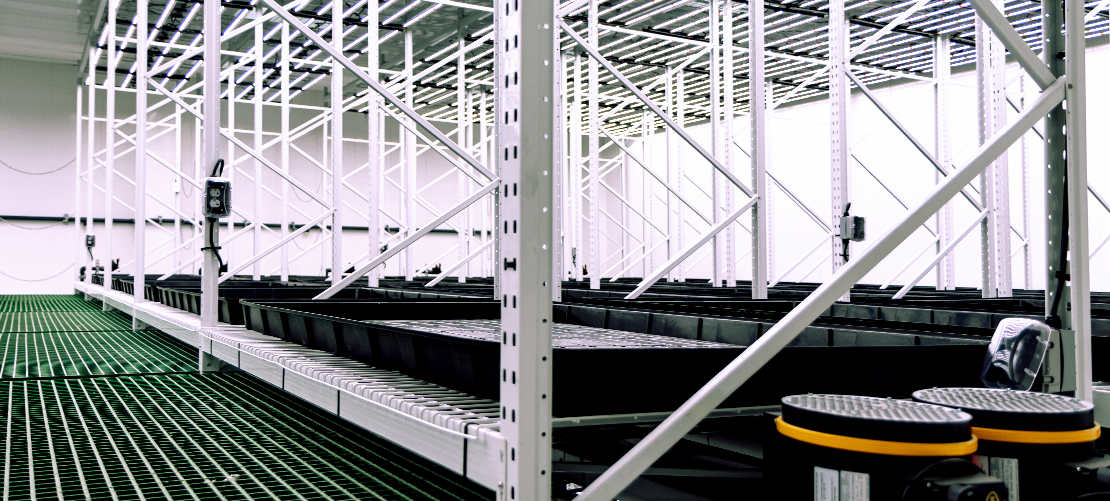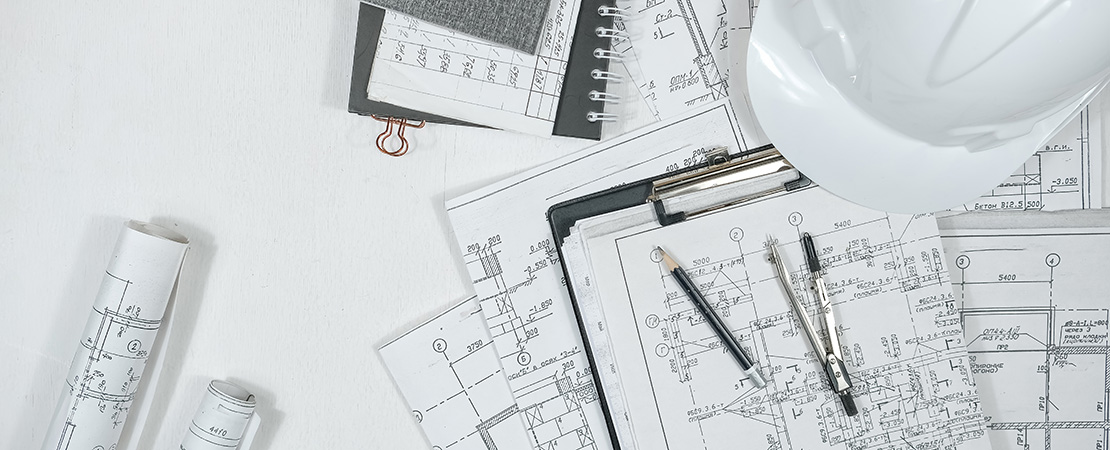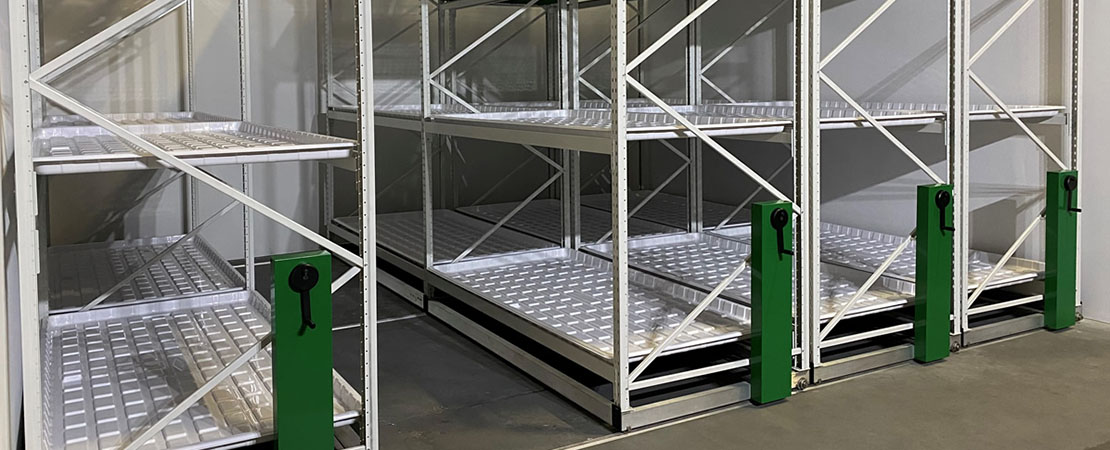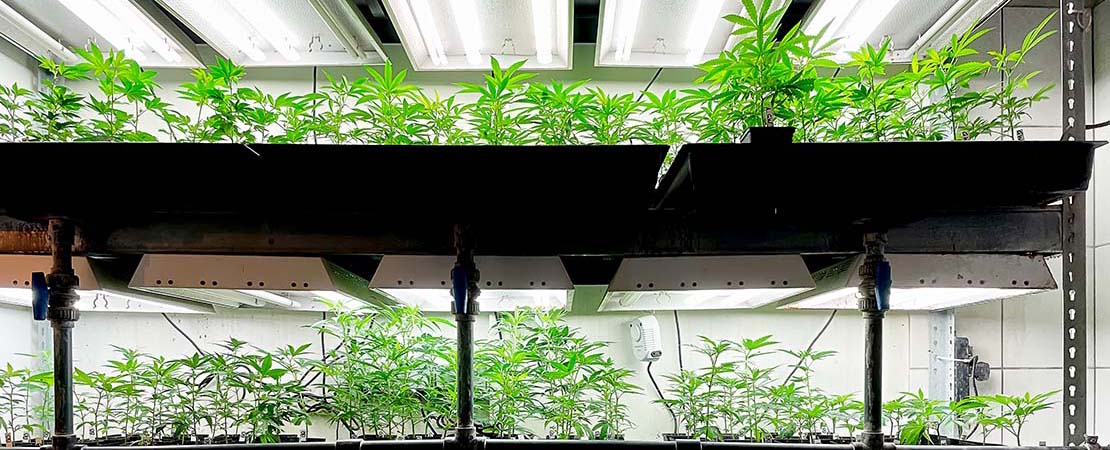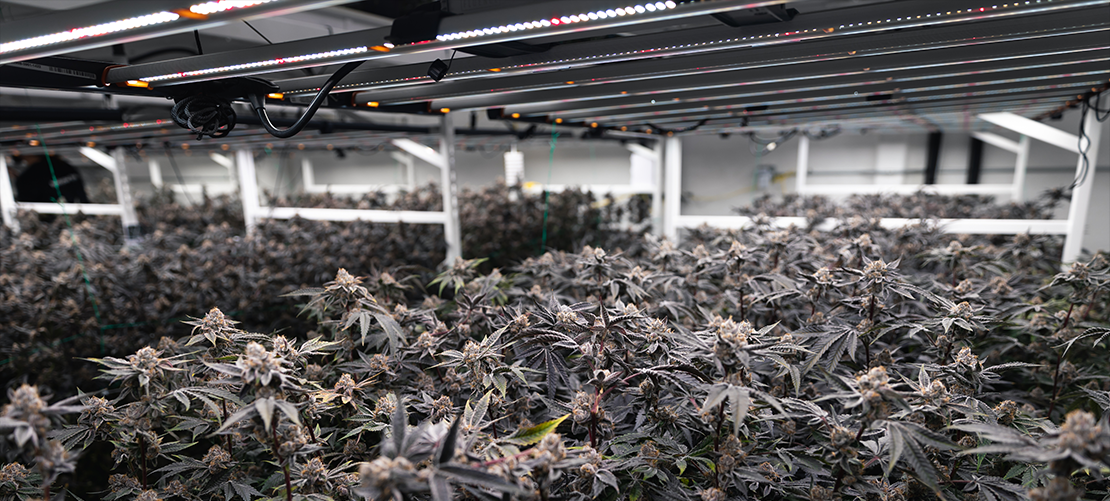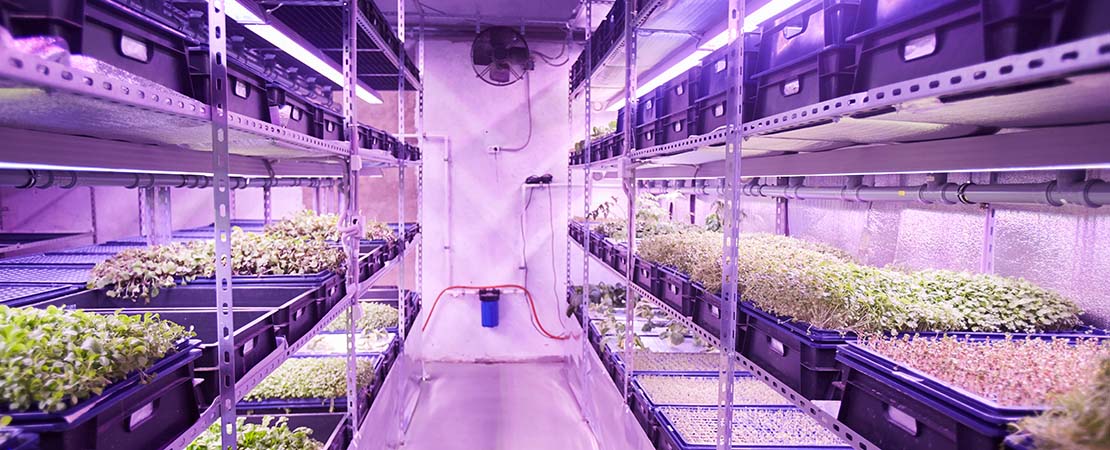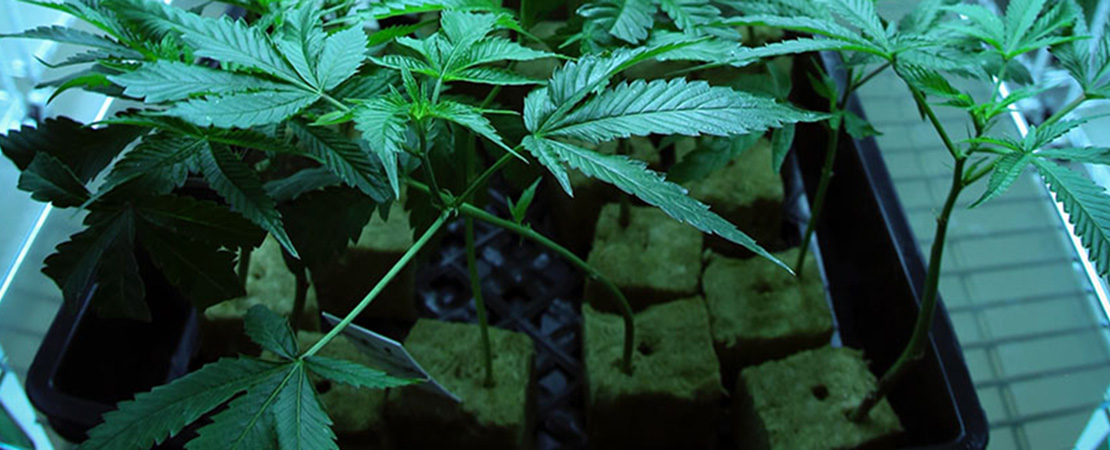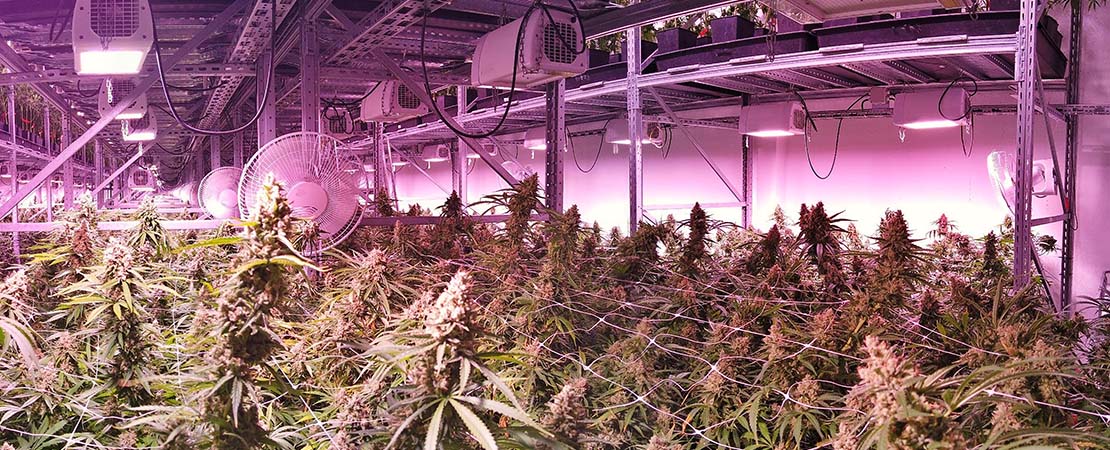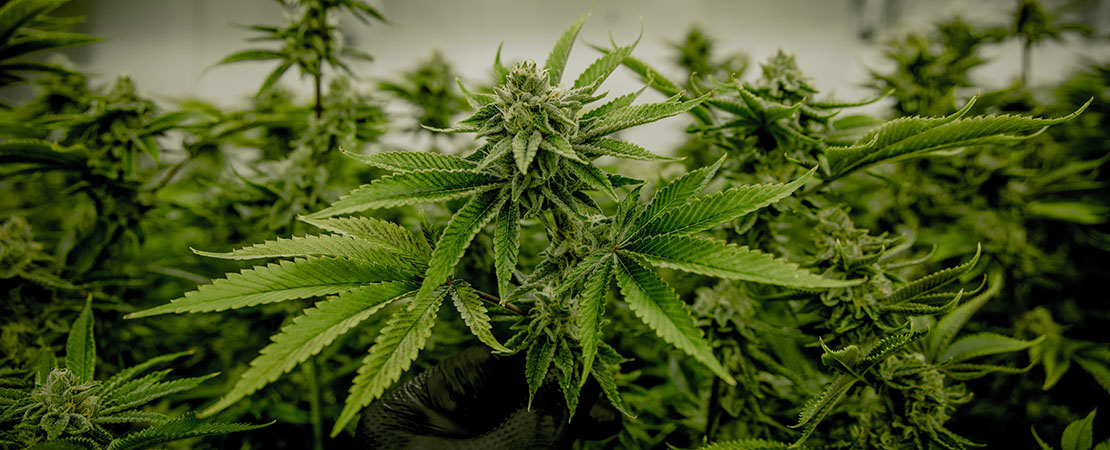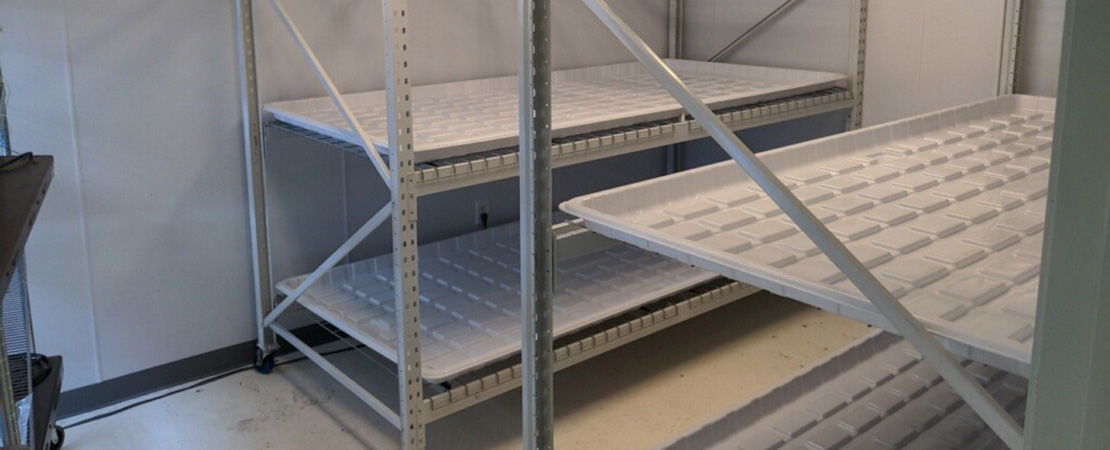Indoor Cannabis Farming: Indica vs. Sativa vs. Hybrid
Indoor cannabis farming is booming as the preferable way of cannabis cultivation. A good grasp of what makes everything tick within an indoor grow system is key to profitable indoor cannabis farming. But is there any difference in growing sativa vs indica vs hybrid?
Then again, with good apprehension of the indoor system, you need to know the various cannabis strain as they will heavily influence your choice of indoor grow systems. The commonly compared cannabis strains include Indica vs. Sativa vs. Hybrid.
Each strain hails from a different region bringing with them different physical attributes, environmental requirements, and growing and flowering patterns, all of which influence the design of your indoor grow system.
Therefore, how unique are these cannabis strains, and how will each strain affect your indoor vertical grow systems? Here are a few things to consider.
Growing Indica Strain Indoors
Indica is a cannabis strain associated with full-body effects like alleviating insomnia and increasing deep relaxation. These attributes from this strain originating from the Hindu Kush Mountains have made it a hit with growers and users alike.
The strain, with respect to its place of origin, gives it its short structure and bushy appearance. The cold environment also has made the plant adapt to a short growing cycle.
Its short stature of about 3-4 feet makes it a good plant for indoor growing. Moreover, it has a compact canopy allowing you to incorporate multiple tiers when leveraging vertical systems, hence more gains for your indoor grow.
The leaves are dark green and broad, with their buds growing in clumps. Notably, the dense buds of the Indica plants can make them vulnerable to pests and diseases. Hence good ventilation will be necessary to ensure humidity levels are at a low, as high humidity can prove disastrous for your yields.
The Indica provides a fast turnover as they flower by about eight weeks, and by about the 12th week, they are ready for harvest.
These unique characteristics of the Indica plant make it a favorite for indoor vertical farming growers. This is because multiple-tier systems like vertical grow racks can be incorporated, and with the opportunity to grow all year, you can grow more hence an increased bottom line year over year.
In a nutshell, here’s what to note on Indica vs. Sativa vs. Hybrid cannabis
- Short flowering time
- Short and bushy
- Dense buds
- Vulnerable to pests and molds when exposed to excessive humidity
Growing Sativa Indoors
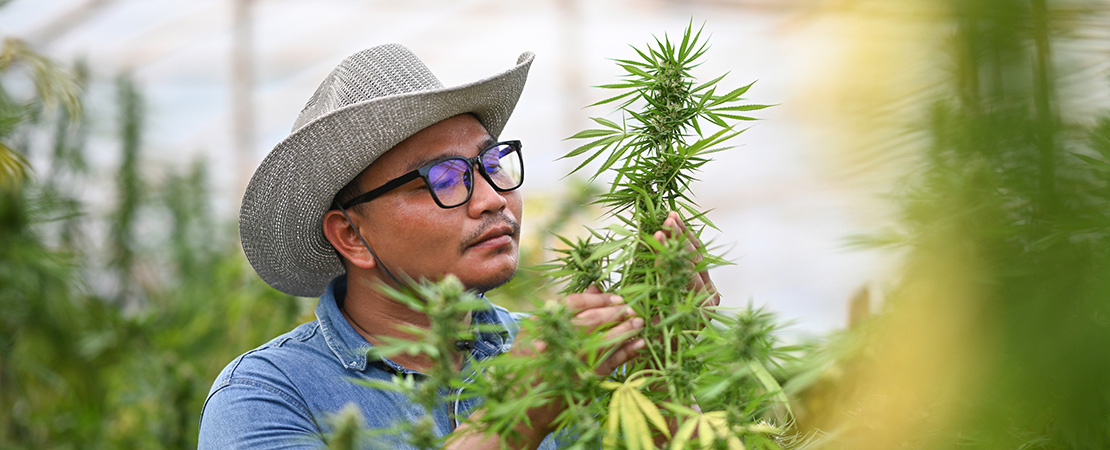
Sativa is a cannabis strain known for its “head high,” energizing effects and helps reduce stress or anxiety while enhancing creativity and focus. All thanks to its high THC-to-CBD ratio.
This unique strain traces its origin to the hot, dry climates of Africa, Southeast Asia, and Central America.
Compared to the Indica, Sativa is tall, reaching 12 – 20 feet hence a longer maturity cycle. The plants are also thin with finger-like leaves.
Due to the plant’s height, you may have to use fewer tiers when growing the strain indoors. This may lower your production rate, but that shouldn’t demoralize you from growing the plant, as there’s a significant demand for the plant’s buds and sativa-dominant products.
To help you get the most out of your Indica indoor grow, have a business plan incorporating a market survey of the most in-demand products where your indoor system is set up.
Also, note that the Sativa strain requires more light to grow; hence incorporating LED grow lights can help manage production costs. LED lights give good light intensity at low energy costs.
One key advantage of Sativa plants is that they need less fertilizer.
Pure Sativa can take about six months to grow, with flowering taking up to 16 weeks before you can harvest.
Common characteristics of Sativa vs. Indica vs. Hybrid cannabis
- Thin, light green leaves
- Lengthy flowering time
- Low yields
- Less vulnerable to mold
Growing Hybrid Strains Indoors
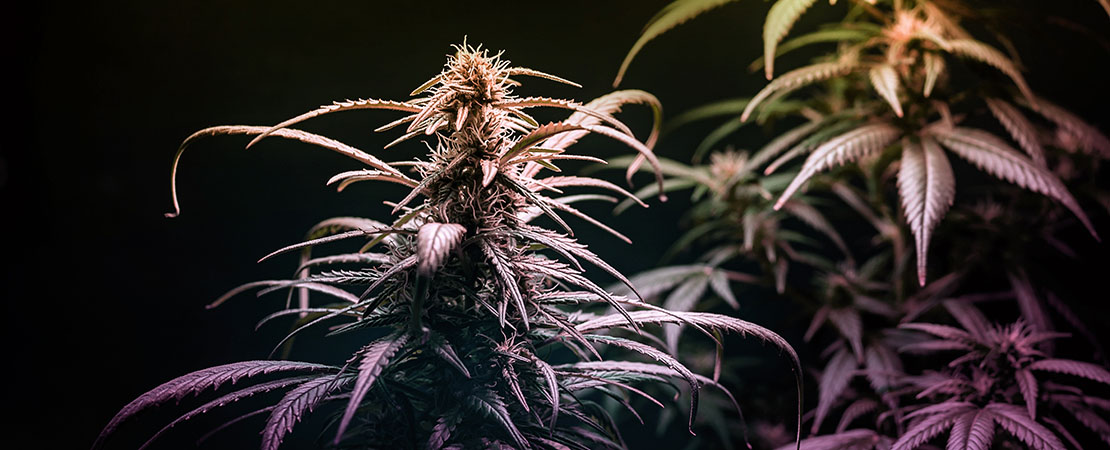
Hybrid cannabis strains are new and unique strains produced by combining different Indica or Sativa parent plants. The aim is to extract specific favorable characteristics from the parent plants.
Their texture, height, and appearance mainly depend on the parent plants.
These types provide indoor farmers with the best each strain has to offer—for example, the mold resistance of Sativa and the short growth cycle and dense buds of Indica.
All things considered, hybrids are indoor growers’ favorite as there’s more variety for the consumers, such as the Indica’s body relaxing effect and the enhanced cerebral effects of the Sativa.
Moreover, with their short flowering period of about 8-10 weeks, there are more yields for the grower over a year. Indoor cannabis growing on vertical systems protects your plants from pests and mold hence better quality yields.
In addition, the reduced pollen contamination within indoor systems ensures the female buds aren’t fertilized; hence, potent yields that can fetch you grow-op higher gains.
The common characteristics of Hybrid vs. Indica vs. Sativa cannabis
- Higher yields
- Improved resistance to mold
- Reduced flowering time
- Indoor growing friendly
How To Grow Indica vs. Sativa vs. Hybrid Cannabis Indoors
Whether growing the Indica, Sativa, or Hybrid cannabis strain, you need to have some well-thought-out basics in preparation to grow indoors.
Here are a few things you should consider for your indoor cannabis grow op
• Lighting System. Each strain will have its unique lighting requirements. Moreover, the longer the growth cycle, the bigger the budget to consider with the strain.
For example, the Indica needs less lighting, while the Sativa needs more lighting. Either way incorporating LED lights can help lower utility costs. Other lighting systems include HPS lights and fluorescent lights.
• Vertical Farming Systems. With indoor growing, up is the way to go. Vertical systems are multitiered shelvings that help exploit often underused overhead space in warehouses and skyscraper indoor gardens.
Using various systems, such as mobile carriages and vertical grow racks, you can comfortably grow any cannabis strain in your indoor space. The length of the strains may heavily determine the number of tiers you can put up. Tall varieties will lower the number of tiers and vice versa.
• Ventilation. Good airflow ensures stale air is expelled, maintaining favorable conditions for the healthy growth of your plants. Ventilation equipment such as CO2 burners, ACs, Fans, humidifiers, and dehumidifiers ensure ideal humidity levels preventing the build-up of molds and pest infestation.
• Indoor Grow Trays. You’ll need to find the right growing pot for your cannabis plants. Our 1020 trays, also known as hydroponic trays, provide the ideal home for your plant’s root system.
The trays, in combination with our vertical systems, provide adequate drainage channels for your crops while protecting equipment on lower tiers. Good drainage helps protect plants from root rot that may lower your bud quality.
Grow Your Cannabis Sativa vs. Hybrid vs. Indica with MMI Agriculture
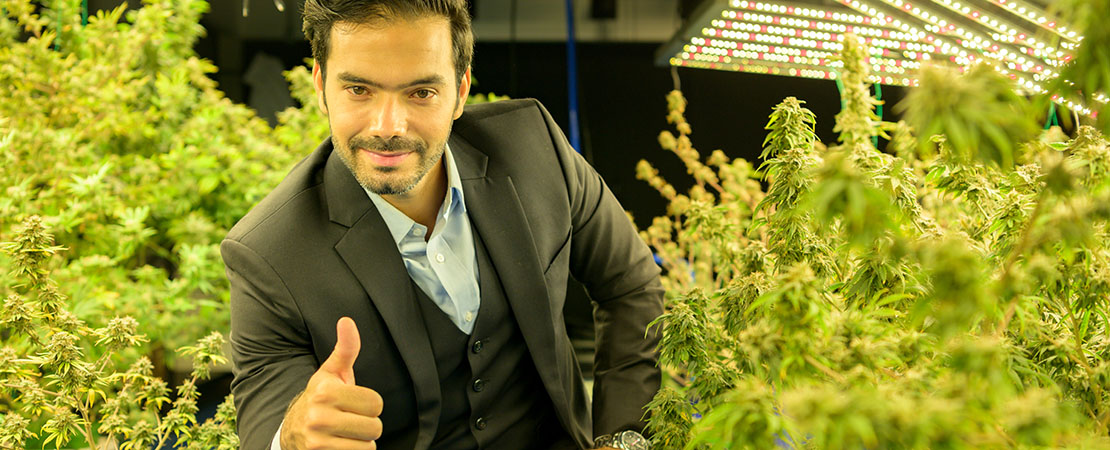
Whether you are growing Hybrid vs. Indica vs. Sativa cannabis, you need to know their unique characteristics to help you get the ideal indoor growing system. Moreover, you can maximize your indoor growing profits by growing your cannabis vertically.
Partnering with the right vertical systems installer is key to having an indoor system that maximizes your indoor space. Be it vertical grow racks or mobile carriages for your commercial enterprise or tabletop caster units for your home grow, MMI Agriculture has the experience and equipment you need for a successful grow.
Moreover, if you need capacity evaluations and floor plans for your indoor grow space, we have an experienced team of experts to cater to your needs. What are you waiting for? Contact us today for a quote.

